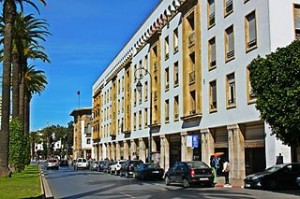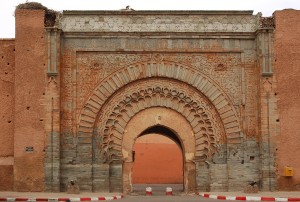Posts Tagged ‘Hassan Tower’
Rabat, the capital of Morocco retains a charming relaxed atmosphere in the center despite its 1.2 million population. Magnificent tall palm trees stretch down the main Avenue Hassan II passing the main station and the red Parliament building opposite the well known and classically Art Deco Balima Hotel. Balima Hotel in Rabat was…
A Walking Tour through Kasbah, one of the Marrakech Medina’s Best Neighborhoods offers exploration inside its historic walls. Kasbah’s is a local Moroccan neighborhood that boasts Moroccan street fare, an authentic shopping experience, ancient sites and is the perfect pit stop for teat at sunset. Once a neighborhood that was on the…
Rabat is located on the Atlantic Ocean at the mouth of the Bou Regreg River. On the facing shore of the river lies Sale, Rabat’s bedroom comunity. Tourism and the presence of all foreign embassies in Morocco serve to make Rabat the second most important city in the country after the larger and more economically significant Casablanca. There are a variety of historic tourist attractions in Rabat such as kasbahs, beautiful domes, minarets, wide avenues and green spaces which make for a fascinating half-day or full day Rabat tour




